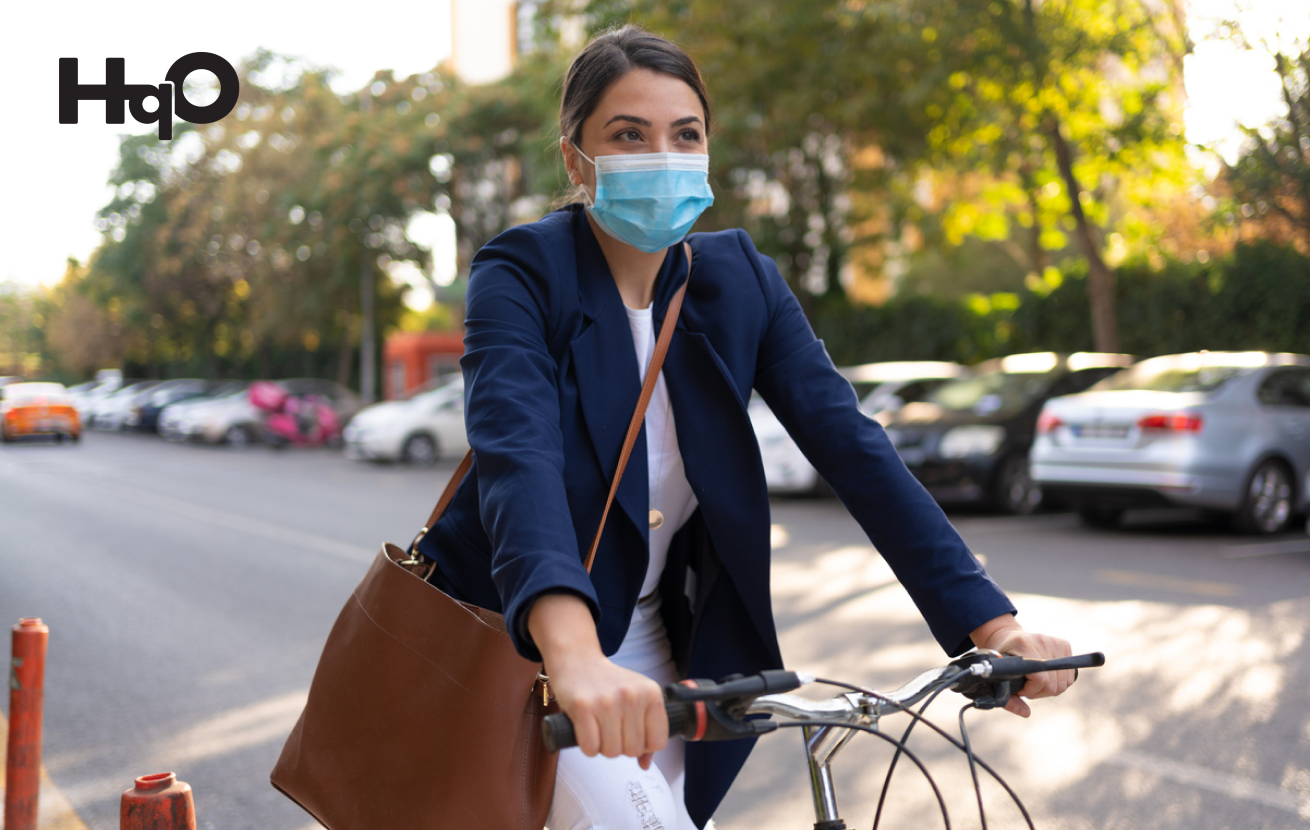A major consideration in everyone’s return to office planning is tenant commute. When facing concerns around commonly trafficked areas and the need for strengthened sanitation, this only makes sense. Whether you’re already back to the office or are in the middle of executing your return, we’ve all been forced to ask ourselves some important questions to address health and safety needs: How to keep tenants happy while they are both in and out of the office? Can we offer additional, safer commute options for those who typically rely on public transportation to get to and from work? And for those who are fortunate enough to drive into work, how can landlords and property teams enhance their experience?
The Decrease in Public Transportation Ridership
Due to public transit concerns around health and safety, many tenants and employees have not felt comfortable commuting to work every day for quite some time. This has led to significant drops in public transit use in urban centers around the world, including dropping as much as 92% in New York.
Of course, with every new challenge comes a new adjustment — and the property management challenge of safe transportation has mainly fallen on to the plate of HR professionals. “HR professionals are the ones being called upon to come up with plans for the return-to-work experience and solve the challenges involved,” said Sohier Hall, CEO of Seattle-based commuter benefits platform Luum. ” […] There’s been a whole rethink about subsidies, reimbursements, and policies to support the commute. The monthly subway pass or monthly parking pass has become less relevant in a landscape of staggered schedules and employees working partially from home, partially in the office. So, many of our clients have asked us to offer flexible daily parking and parking reservations.”
The Revival of Micromobility Trends
Around the world, there has also been increased support for bicycle usage since the onset of the pandemic, which has been heavily integrated into city planning through new bike lanes. McKinsey reports the following adjustments:
- Milan has announced that 35 kilometers of streets previously used by cars will be transitioned to walking and cycling lanes after the lockdown is lifted.
- Paris will convert 50 kilometers of lanes usually reserved for cars to bicycle lanes. It also plans to invest $325 million to update its bicycle network.
- Brussels is turning 40 kilometers of car lanes into cycle paths.
- Seattle permanently closed 30 kilometers of streets to most vehicles, providing more space for people to walk and bike following the lockdown.
- Montreal announced the creation of more than 320 kilometers of new pedestrian and bicycle paths across the city.
This rings true with what HqO clients have shared in our own conversations around commuting to the office. Due to the COVID-19 pandemic, there has been a shift from public transit use to personal vehicles and active micromobility options, such as bikes and scooters. Likewise, we’ve also seen more inquiries around technology integrations with parking operators and other touchless parking solutions. As we move forward, we understand that a large part of modern tenant engagement will be considering all aspects of a building occupant’s day, even those that occur outside of the office.
Fortunately, several of our Marketplace partners are already helping property teams address some of these tenant pain points, from driveway to desk. For more information on how proptech can keep your tenant commutes comfortable and safe, schedule a free demo today.




